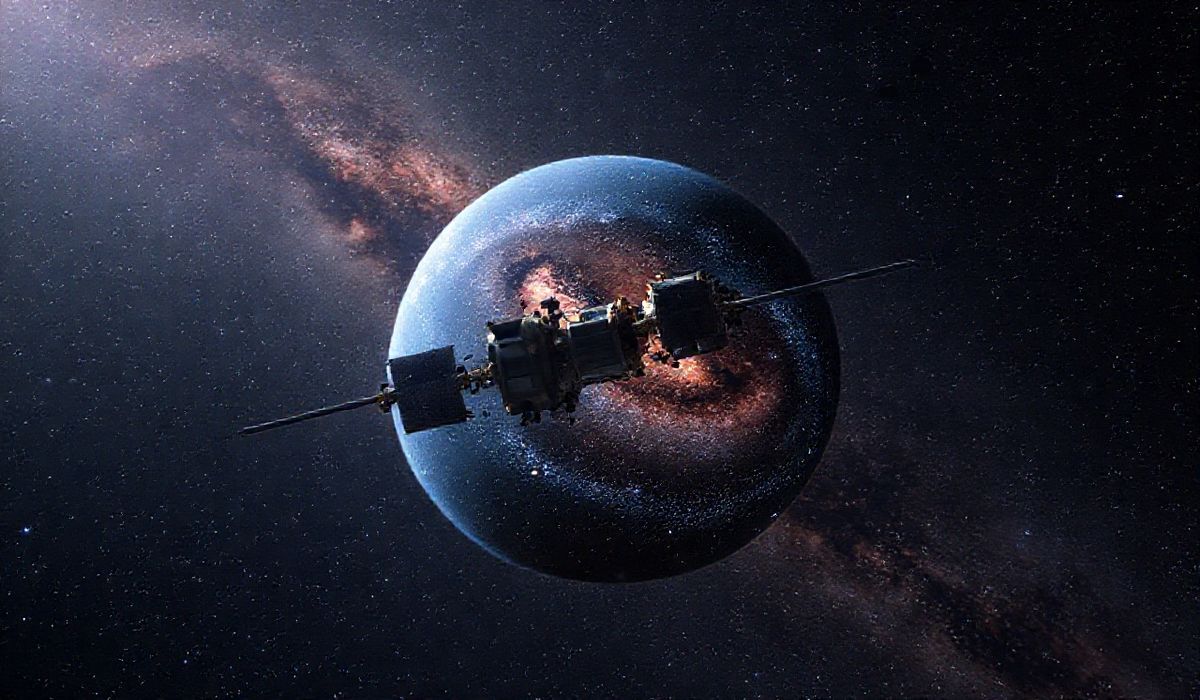The European Space Agency’s Gaia spacecraft has concluded its decade-long mission of scanning the skies, amassing over three trillion observations. Launched with the goal of creating the most precise 3D map of the Milky Way, Gaia has significantly advanced our understanding of the galaxy, including its structure, stellar composition, and dynamic processes. While its sky-scanning phase has ended, the wealth of data it produced will continue to fuel astronomical discoveries for years to come.
Vero’s thoughts on the news:
The retirement of Gaia marks the end of an era in astronomical innovation. This mission not only demonstrated the potential of large-scale data collection but also highlighted the importance of precise instrumentation and advanced data processing tools. From a tech perspective, Gaia’s ability to manage monumental datasets with high accuracy underscores the value of scalable systems and reliable software in scientific endeavors. Its dataset will likely inspire new developments in data visualization and AI-driven analytics, advancing both astronomy and IT technologies.
Source: Got a telescope? Bid farewell to ESA’s retiring Milky Way mapper – The Register
Hash: 297ebcd24687b81ca2cd80999f64c85a906d816771a1a8b0b831169134a0bfb8




